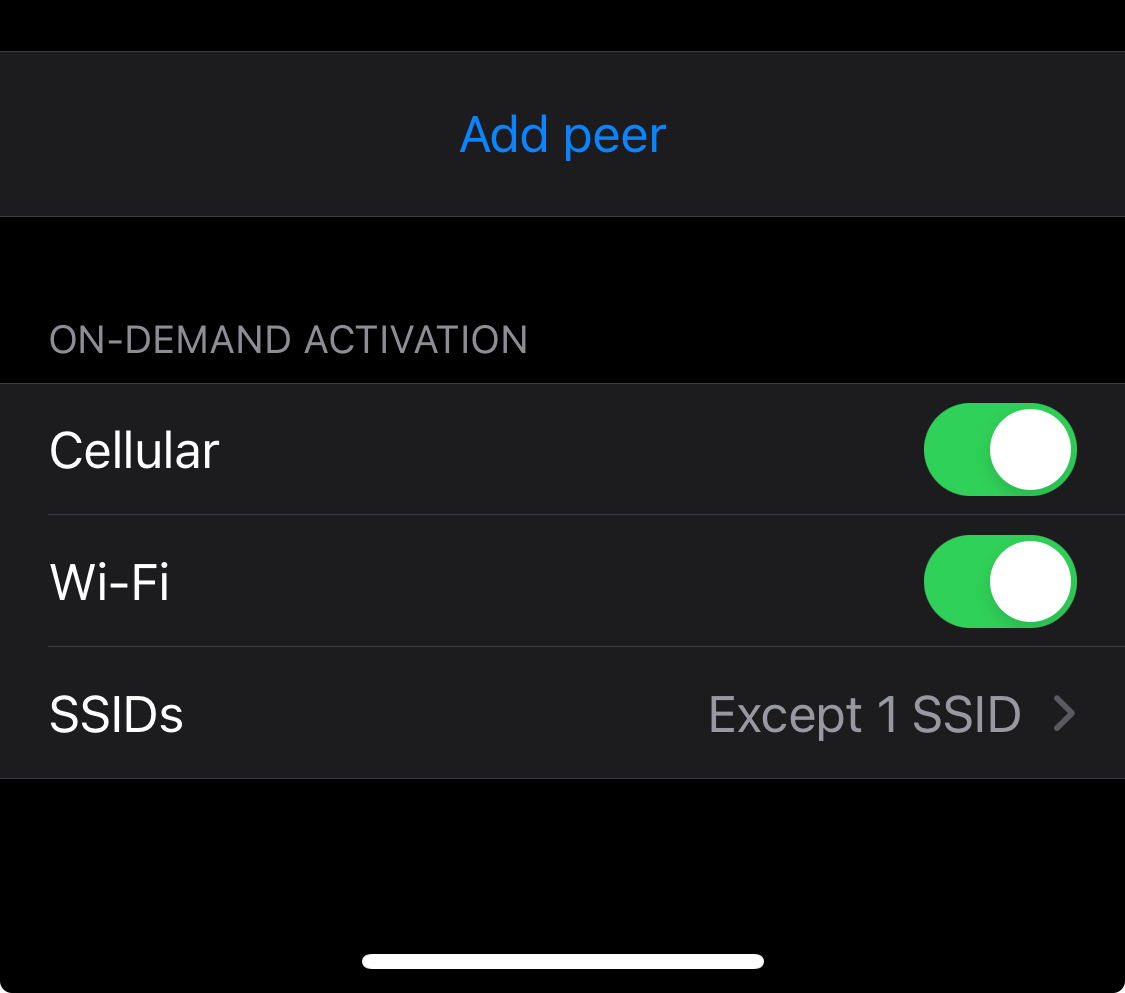

My advice: don’t change anything else right now.
The temptation is high to pack it all in at once.
2 hours a day is a lot. Not too much, just a lot. So, since you asked, don’t change your diet yet. Get into the groove of building this new thing into some level of consistency. Once you’re 90 days in, start modifying something else. Diet. Sleep. Intensity.
Work on one routine at a time.
Now if you’re going too far into calorie deficit then you can think about what your energy needs are but keep the other changes to bare necessity.







Found the other NixOS user. ;)